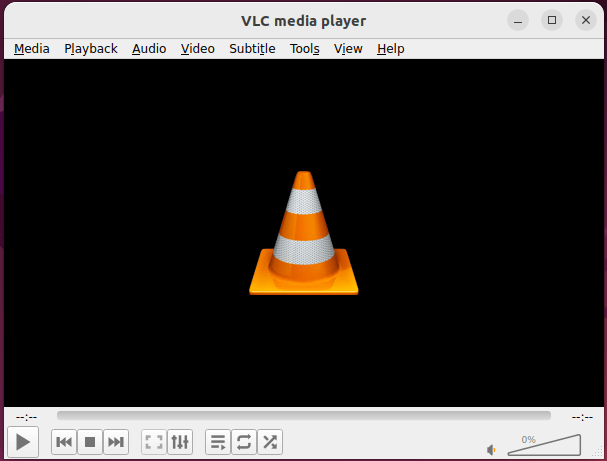
In this tutorial, we will show you how to install VLC Media Player on Fedora 35. For those of you who didn’t know, VLC is a free and portable open-source media player for both audio and video. This app can play nearly all known multimedia files and DVDs, Audio CDs, VCDs, and various streaming protocols and can be extended and customized with various plugins.
This article assumes you have at least basic knowledge of Linux, know how to use the shell, and most importantly, you host your site on your own VPS. The installation is quite simple and assumes you are running in the root account, if not you may need to add ‘sudo‘ to the commands to get root privileges. I will show you the step-by-step installation of the VLC Media Player on a Fedora 35.
Prerequisites
- A server running one of the following operating systems: Fedora 35 or Fedora 34.
- It’s recommended that you use a fresh OS install to prevent any potential issues.
- SSH access to the server (or just open Terminal if you’re on a desktop).
- A
non-root sudo useror access to theroot user. We recommend acting as anon-root sudo user, however, you can harm your system if you’re not careful when acting as the root.
Install VLC Media Player on Fedora 35
Step 1. Before proceeding, update your Fedora operating system to make sure all existing packages are up to date. Use this command to update the server packages:
sudo dnf upgrade sudo dnf update
Step 2. Installing VLC Media Player on Fedora 35.
By default, VLC is not available on Fedora 35 base repository. Now we add the RPMFusion repository to your Fedora system using the following command below:
sudo dnf install https://mirrors.rpmfusion.org/free/fedora/rpmfusion-free-release-$(rpm -E %fedora).noarch.rpm
Once the repositories have been added, then update system packages and install VLC using the following command:
sudo dnf update sudo dnf install vlc
Verify VLC installation using the following command:
vlc -v
Step 3. Accessing VLC Media Player on Fedora.
Once successfully installed, now launch the VLC player either from the command line interface by running the following vlc command or by clicking on the Activities menu, then click on “Applications” menu, and click on “VLC media player” icon to start VLC.

Congratulations! You have successfully installed VLC. Thanks for using this tutorial for installing the VLC Media Player on your Fedora 35 system. For additional help or useful information, we recommend you check the official VLC website.